Day 3 started out picking up a local guide in the village of Camarones and then we quickly headed to an area with dry scrub habitat where the almost endemic Tocuyo Sparrows makes its living. I say almost endemic because the Venezuelan border is close here and some birds spill over into that currently inaccessible or at least temporarily inconvenient country.
The Slender-billed Tyrannulet or Inezia is also near endemic in the same way.
Pearly-vented Tody-tyrant
Another Slender-billed Inezia
White-whiskered Spinetails were a highlight but did not cooperate for the camera, always choosing a perch with a stick in front.
Pale-tipped Tyrannulet - note the lighter colored eye.
Chestnut Piculets gave me good binocular views but all the dense thorn scrub gave my autofocus a headache.
Strong-billed Woodcreeper
Southern Beardless-tyrannulet - Apparently most tyrannulets have beards?
Immature Tocuyo Sparrow - we only had fleeting glimpses of the sparrow and mostly of the immature birds.
An adult Tocuyo Sparrow was spotted briefly down a trail but did not turn around for he cameras.
Very frustrating to miss decent pictures of such an important and endangered bird.
Female Black-crested Antshrike
White-fringed Antwren
The only Pearl Kite seen the whole trip was a quick flyby and so I took a record shot.
Northern Scrub Flycatchers almost look like miniature Myiarchus flycatcher.
Speaking of Myiarchus flycatchers, Brown-crested Flycatcher is the only reliable Myiarchus that time of year on the Colombian coast and we saw several at this spot. A big bill on this one...
Another Pearly-vented Tody-tyrant.
Pileated Finch
Tropical Gnatcatcher
Achoo! Do birds sneeze?
The next spot we hit up was another thorny scrubby spot next to a Wayuu village very close to the coast.
For those of you who do not know about the Wayuu people, I picked out some interesting quotes from a Wikipedia page:
Although the Wayuu were never subjugated by the Spanish, the two groups were in a more or less permanent state of war. There were rebellions in 1701 (when they destroyed a Capuchin mission), 1727 (when more than 2,000 natives attacked the Spanish), 1741, 1757, 1761 and 1768. In 1718, Governor Soto de Herrera called them "barbarians, horse thieves, worthy of death, without God, without law and without a king". Of all the Indigenous peoples in the territory of Colombia, they were unique in having learned the use of firearms and horses.
In other words they were badass and they still are. I love this quote:
The Wayuu people refer to themselves simply as "Wayuu" and do not acknowledge the term "Indian", preferring instead the term "people". They use the terms Kusina or "Indian" to refer to other ethnic indigenous groups, while using the term Alijuna (essentially meaning "the one who damages") to refer to outsiders or persons of European ancestry.
How true that we are the ones who damage.
We had crippling views of an Orinocan Saltator at this spot.
But the main purpose of our visit was the Vermilion Cardinal which is a specialty bird of the area and a bird that the Wayuu revere.
Vermilion Cardinal - we ended up seeing several.
Buffy Hummingbirds were the only hummingbirds enjoying the feeders.
I love how the owner of this land put real flowers in the feeder ports. Not loving the red dye in the water though.
This one had an old injury on its belly.
A Red-billed Emerald was visiting a flowering bush but shied away from the feeders.
Female Vermilion Cardinal
Pileated Finches came to the feeders.
Yellow Oriole too.
A nearby beach produced my first crushable Collared Plovers of the trip and my life for that matter.
Then a nice beachside lunch of fresh fish also had distractions in the form of obliging Cattle Tyrants.
I managed to skulk up to a tree with Bare-eyed Pigeons for my best photo op of the trip. These birds are similar to White-crowned Pigeons in the Bahamas in that they flush any time a human is near.
This Locust was bigger than my hand!
Gray-breasted Martin
Finally dropping off our guide in Camarones in the dark, we tried for night birds and found some White-tailed Nightjars but they only landed in areas that were inaccessible and this was the best shot I managed in the poor light.
More Colombia to come....
The Slender-billed Tyrannulet or Inezia is also near endemic in the same way.
Another Slender-billed Inezia
White-whiskered Spinetails were a highlight but did not cooperate for the camera, always choosing a perch with a stick in front.
Pale-tipped Tyrannulet - note the lighter colored eye.
Chestnut Piculets gave me good binocular views but all the dense thorn scrub gave my autofocus a headache.
Strong-billed Woodcreeper
Southern Beardless-tyrannulet - Apparently most tyrannulets have beards?
Immature Tocuyo Sparrow - we only had fleeting glimpses of the sparrow and mostly of the immature birds.
An adult Tocuyo Sparrow was spotted briefly down a trail but did not turn around for he cameras.
Very frustrating to miss decent pictures of such an important and endangered bird.
Female Black-crested Antshrike
White-fringed Antwren
The only Pearl Kite seen the whole trip was a quick flyby and so I took a record shot.
Northern Scrub Flycatchers almost look like miniature Myiarchus flycatcher.
Speaking of Myiarchus flycatchers, Brown-crested Flycatcher is the only reliable Myiarchus that time of year on the Colombian coast and we saw several at this spot. A big bill on this one...
Another Pearly-vented Tody-tyrant.
Pileated Finch
Tropical Gnatcatcher
Achoo! Do birds sneeze?
The next spot we hit up was another thorny scrubby spot next to a Wayuu village very close to the coast.
For those of you who do not know about the Wayuu people, I picked out some interesting quotes from a Wikipedia page:
Although the Wayuu were never subjugated by the Spanish, the two groups were in a more or less permanent state of war. There were rebellions in 1701 (when they destroyed a Capuchin mission), 1727 (when more than 2,000 natives attacked the Spanish), 1741, 1757, 1761 and 1768. In 1718, Governor Soto de Herrera called them "barbarians, horse thieves, worthy of death, without God, without law and without a king". Of all the Indigenous peoples in the territory of Colombia, they were unique in having learned the use of firearms and horses.
In other words they were badass and they still are. I love this quote:
The Wayuu people refer to themselves simply as "Wayuu" and do not acknowledge the term "Indian", preferring instead the term "people". They use the terms Kusina or "Indian" to refer to other ethnic indigenous groups, while using the term Alijuna (essentially meaning "the one who damages") to refer to outsiders or persons of European ancestry.
How true that we are the ones who damage.
We had crippling views of an Orinocan Saltator at this spot.
But the main purpose of our visit was the Vermilion Cardinal which is a specialty bird of the area and a bird that the Wayuu revere.
Vermilion Cardinal - we ended up seeing several.
Buffy Hummingbirds were the only hummingbirds enjoying the feeders.
I love how the owner of this land put real flowers in the feeder ports. Not loving the red dye in the water though.
This one had an old injury on its belly.
A Red-billed Emerald was visiting a flowering bush but shied away from the feeders.
Female Vermilion Cardinal
Pileated Finches came to the feeders.
Yellow Oriole too.
A nearby beach produced my first crushable Collared Plovers of the trip and my life for that matter.
Then a nice beachside lunch of fresh fish also had distractions in the form of obliging Cattle Tyrants.
This Locust was bigger than my hand!
Gray-breasted Martin
Finally dropping off our guide in Camarones in the dark, we tried for night birds and found some White-tailed Nightjars but they only landed in areas that were inaccessible and this was the best shot I managed in the poor light.
More Colombia to come....







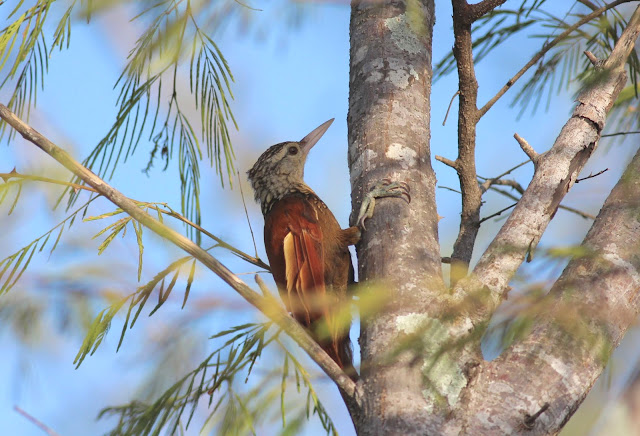









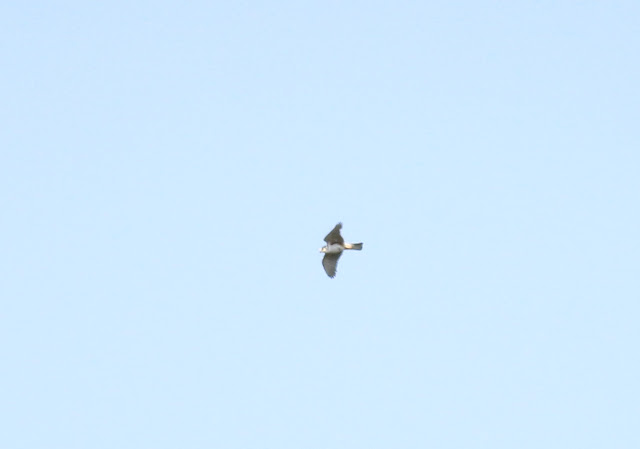










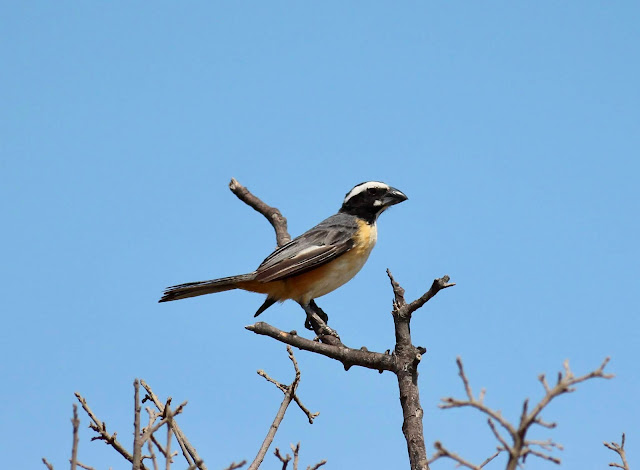





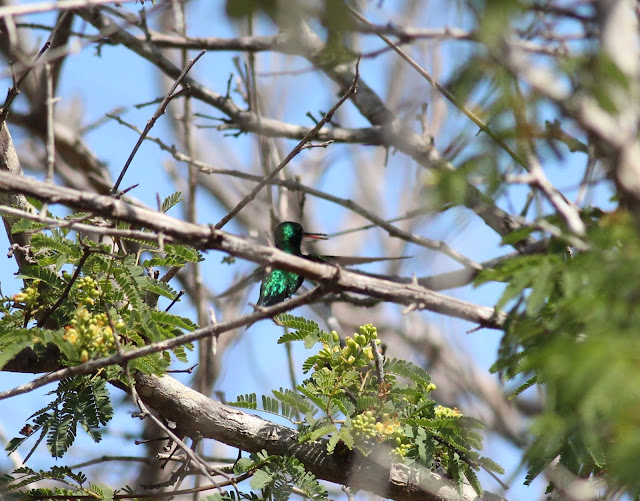







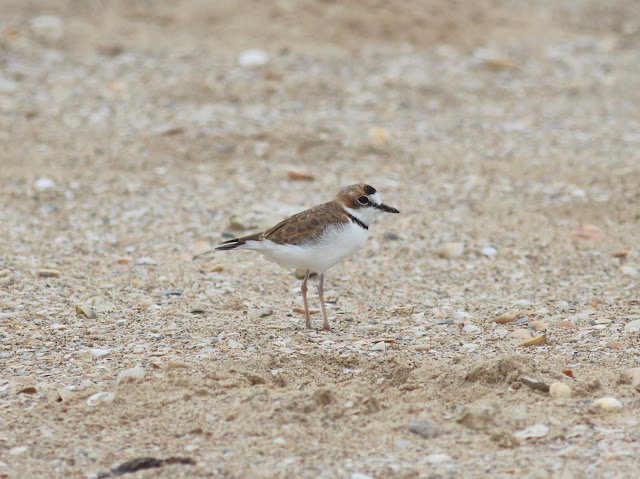
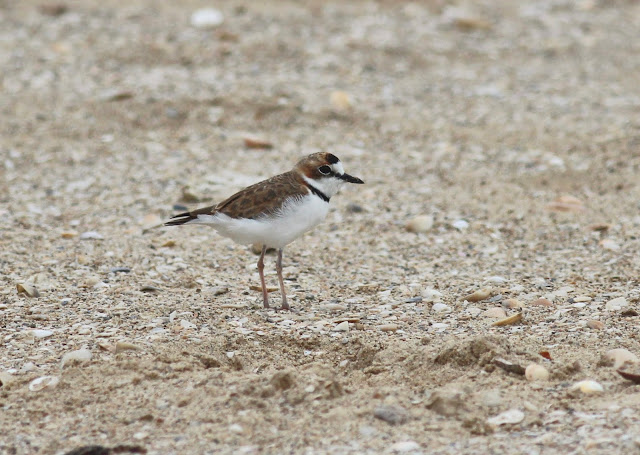




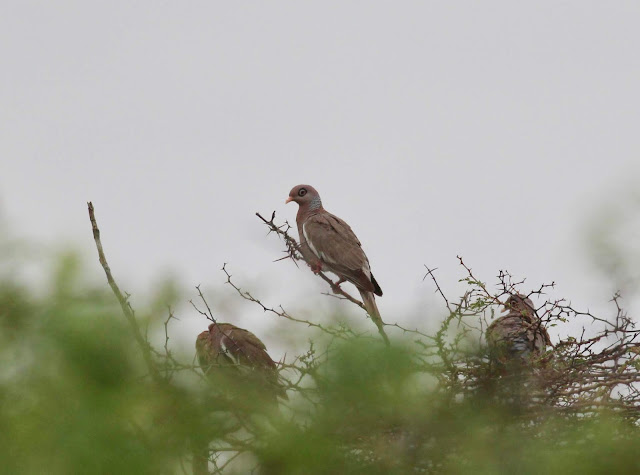



Great blog, northern Colombia around Guajira is an area I've always wanted to visit. Those cardinals are amazing!
ReplyDelete